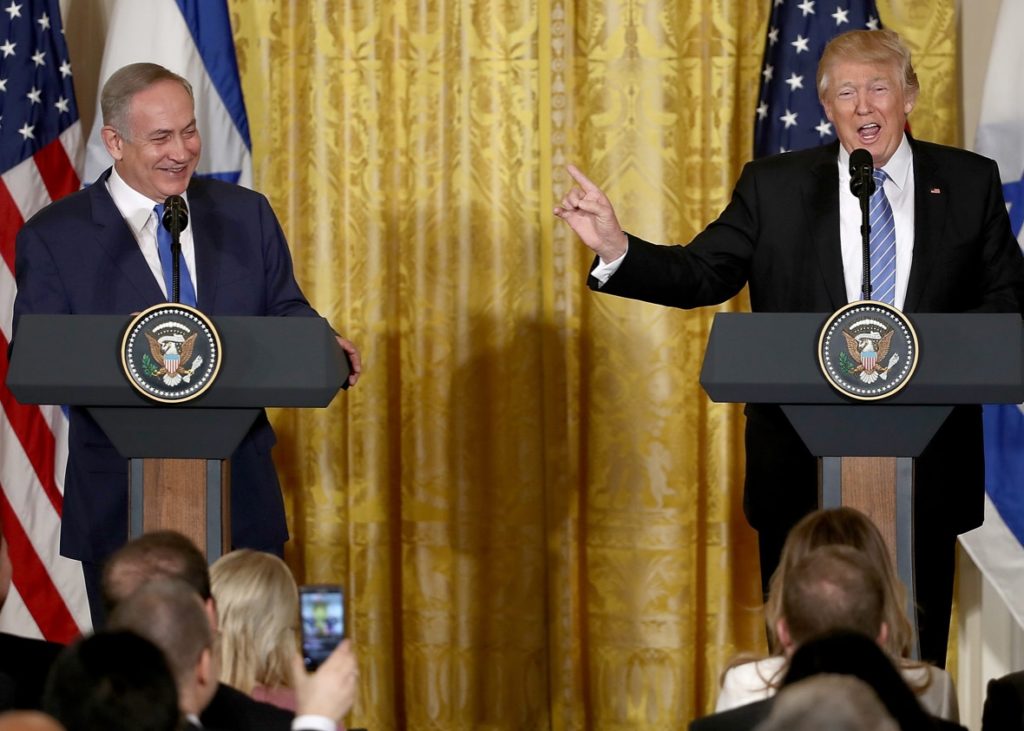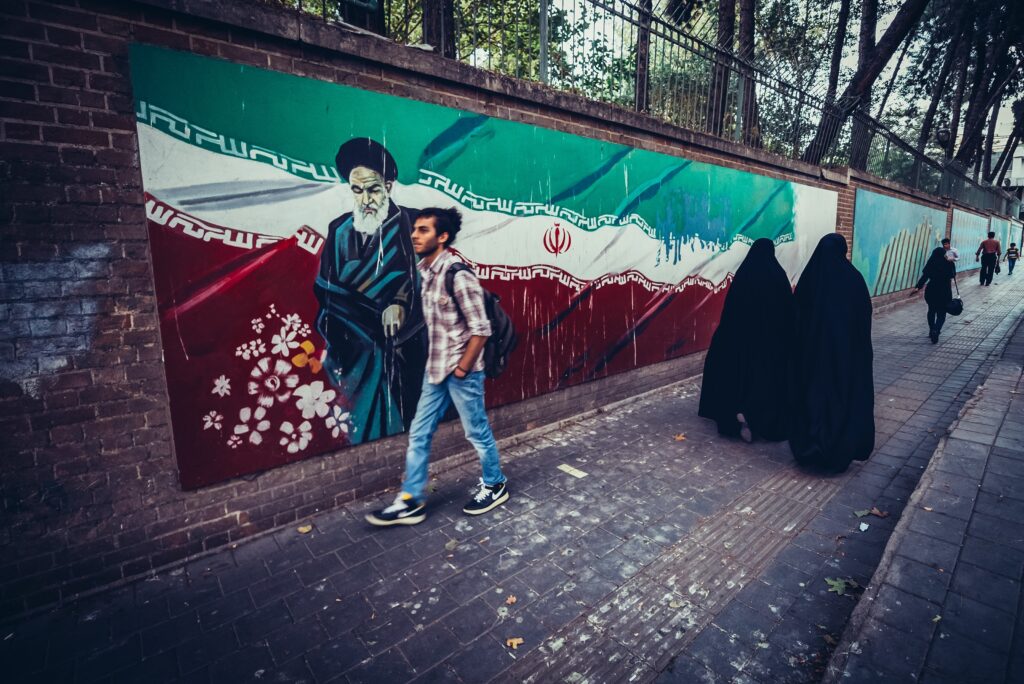UPDATES
The Trump-Netanyahu meeting
February 17, 2017

Update from AIJAC
Update 02/17 #04
Israeli Prime Minister Binyamin Netanyahu travelled to Washington on Wednesday for his first summit with new US President Donald Trump since his inauguration, in a visit that was generally seen as important for both US-Israeli relations during Trump’s term in office and for setting a baseline for the Trump Administration’s policy on Middle East peacemaking. Most of the media headlines about the summit have focused on the initial press conference and especially Trump’s remark, when asked about the two-state solution, “I’m looking at two states and one state, and I like the one that both parties like. I’m very happy with the one that both parties like. I can live with either one…” (The media conference can viewed in full here, while a transcript is here.)
Meanwhile, in remarks following the summit that got recieved less publicity that the one’s at the press conference, Netanyahu declared his views have not changed since his 2009 Bar Ilan speech supporting a two-state resolution and stated, “I said it before, and I will repeat it here again: I don’t want to annex close to 2.5 million Palestinians to Israel. I do not want them to be our subjects.” Meanwhile, a number of senior Trump Administration officials have also insisted the US still supports a two-state resolution – see here and here.
AIJAC’s Ahron Shapiro yesterday published a good analysis of what was actually said at the media conference about a two-state resolution, but this Update looks in more depth at both that issue and the broader themes of the Trump-Netanyahu Summit.
We lead with Jerusalem Post diplomatic correspondent Herb Keinon, who notes three takeaways from the pre-Summit media conference. These are the very different atmospherics compared to the Obama years, especially with respect to settlements, the step back from insisting the two-state solution is the only solution possible, and the new emphasis on a wider diplomatic process incorporating the Sunni Arab states. Keinon says all three represent differences from the Obama years, but that the overall effect is that there will be a significant reset of the diplomatic peace process with the Palestinians. For his full analysis, CLICK HERE. Another good general analysis of the Summit’s themes comes from Ron Kampeas of the JTA.
Next up is columnist Jonathan Tobin, who covers the controversy over Netanyahu and Trump’s alleged “step back” from the two-state principle. He says it’s clear Trump, though he spoke somewhat clumsily, was not actually withdrawing support for the two-state option but was instead emphasising another important diplomatic principle – that the US cannot impose peace on terms that aren’t accepted by the parties. While Tobin is critical of Trump’s mention of the non-viable “one state solution”, he says Trump was signalling to the Palestinians he would not reward intransigence while also calling for Israeli restraint on settlements. For all the details of Tobin’s argument, CLICK HERE
Finally, Ben Cohen, another American columnist and analyst, discusses in more detail the apparent new regional focus for the peace process being suggested by both Trump and Netanyahu. He says this new approach can be seen as reversing an idea that has been prevalent since the mid-60s – “Palestine First”. He makes a strong case that moving away from this paradigm could well be a positive step, both because the existing strategy has not worked, and because changes in the region over the last 20 years have to be taken into account in any approach to peacemaking. For this insightful piece in full, CLICK HERE. A news analysis offering differing views on the feasibility of such a regional approach and what it might look like is here. Meanwhile, Koby Huberman, co-founder of The Israeli Peace Initiative, offers his blueprint for making a regional peacemaking strategy work, here.
|
|
|
|
|
|
|
Tags: Israel








